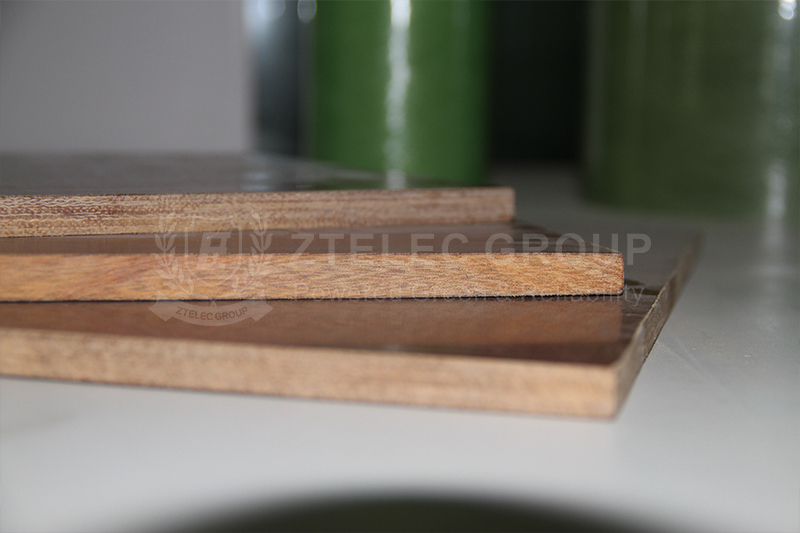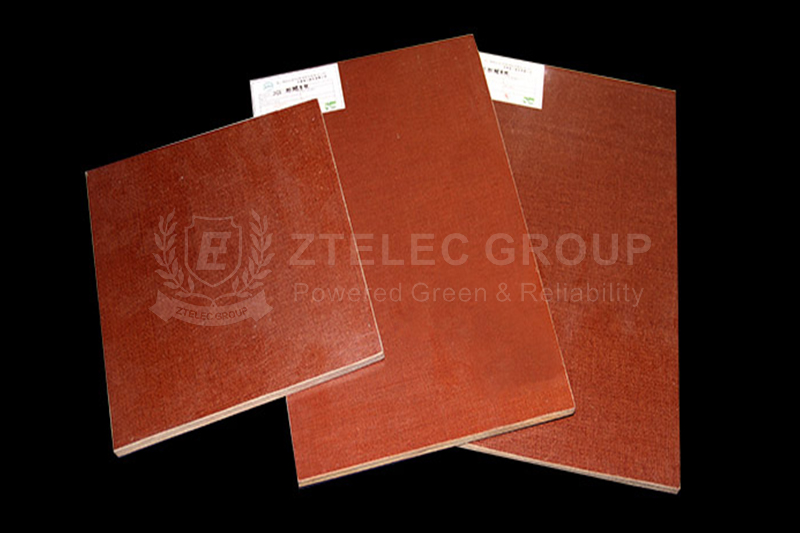Today, with the increasing awareness of environmental protection, the green attributes of materials have become the focus of attention of various industries. As a composite material with excellent performance, phenolic cotton cloth sheet not only has excellent physical and chemical properties, but also has significant environmental protection characteristics. So, how are the environmental protection characteristics of phenolic cotton cloth sheet reflected?
Phenolic cotton cloth sheet uses cotton cloth as a reinforcing material, which lays a foundation for its environmental protection. In some production, recycled cotton or organic cotton is also used. Compared with pure synthetic fibers (such as glass fiber) that rely on petroleum base, cotton cloth-based materials are more easily degraded in the natural environment. Take recycled cotton as an example. The use of recycled cotton can not only reduce the consumption of new cotton resources, but also give new life to waste cotton products, thereby effectively reducing the dependence of material production on non-renewable resources. The application of this natural fiber substrate reduces the potential harm to the environment from the source.

Modern phenolic cotton cloth sheet production adopts advanced phenolic resin curing technology, which can effectively reduce formaldehyde release. During the high-temperature and high-pressure molding process, the production equipment adopts a closed design. In this way, the diffusion of volatile pollutants into the environment is avoided to a great extent. Therefore, the production process of phenolic cotton cloth sheet can not only ensure product quality, but also minimize the impact on the atmospheric environment.
The energy consumption of the hot pressing molding process of phenolic cotton cloth sheet is lower than that of some thermoplastic plastic processing methods, such as injection molding. Moreover, the waste generated in the production process, including scraps, can be recycled and crushed for reuse. This recycling model not only saves raw material resources, but also reduces the generation of industrial waste, and ultimately realizes the greening of the production process.
The chemical properties of the cured phenolic cotton cloth sheet are extremely stable, and there is no risk of plasticizer migration or heavy metal precipitation. Because of this, it can be safely used in sensitive fields such as food and medical equipment with extremely high safety requirements. For example, in the field of food packaging, phenolic cotton cloth sheet will not react chemically with food, thus ensuring food safety.
Phenolic cotton cloth sheet itself has flame retardant properties and does not contain halogen. This means that in the production process, there is no need to use toxic flame retardants such as bromine and phosphorus. Therefore, when a fire occurs, it can reduce the generation of toxic smoke, which not only protects the life safety of users, but also reduces the secondary pollution caused by the fire to the environment.

Waste phenolic cotton cloth sheet can be processed by mechanical crushing and then used as filler in the production of low-end composite materials or thermal insulation materials. This physical recycling method allows waste materials to continue to play a role in other fields and realizes the recycling of resources.
Under high-temperature incineration conditions, the cotton cloth component in the phenolic cotton cloth sheet can be completely burned, and the phenolic resin residue is relatively small, far lower than chlorine-containing plastics such as PVC. If landfill treatment is chosen, the cotton fiber part will slowly degrade in the soil and will not cause long-term pollution to the soil environment.
Phenolic cotton cloth sheet shows great potential to replace highly polluting materials in many fields. In industries such as electrical insulation and furniture manufacturing, it can replace PVC or ABS plastics and effectively reduce the generation of microplastics and halogen pollution. In addition, due to its lightweight characteristics, when replacing some metal materials for product manufacturing, it can reduce energy consumption during transportation, and at the same time avoid the problem of heavy metal wastewater pollution caused by metal electroplating process.
Although phenolic cotton cloth sheet has many environmental advantages, it also has certain limitations. Phenolic resin is partly a persistent organic matter, which degrades very slowly in the natural environment and is difficult to achieve complete biodegradation. In addition, there are currently few professional recycling channels for phenolic cotton cloth sheets, and most waste boards need to rely on specific industrial chains for processing, and the recycling system is still imperfect. However, with the continuous advancement of science and technology and the continuous improvement of environmental awareness, it is believed that research and improvement on the environmental limitations of phenolic cotton cloth sheets will continue to advance in the future, allowing it to play a greater role in the field of environmental protection.
If you need our products please write down any questions, we will reply as soon as possible.
There are three ISO certificates for quality certification. The certificates will be shown later. ISO
After receiving the advance payment, the production cycle is 15-25 days. And the transportation cycle should be calcul……
We supply with installation guide and user manual for each transformer. If you do not understand them. We will offer v……